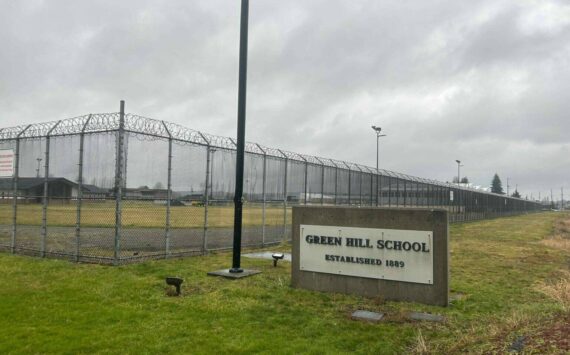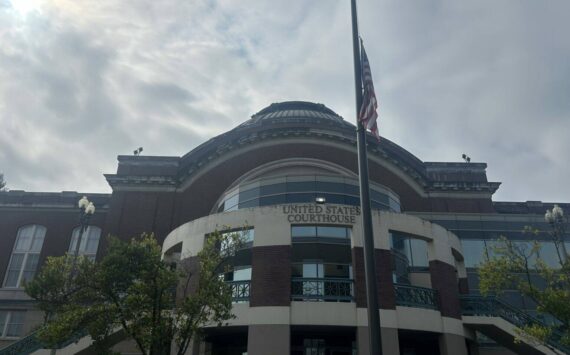By Morf Morford
Tacoma Daily Index
Keeping food on the table
Most of us don’t often think about where the food on our tables or in our cupboards, or even in our grocery stores comes from. One thing we do know – or at least used to know, was that food would always be there, and, for most of us at least, we could afford what we needed.
We Americans, for many years now, have gotten accustomed to spending a statistically (and historically) small percentage of our budget on food. And we have grown to expect our local grocery store to be fully stocked. Shortages and bare shelves were for other countries – or even other centuries. If America meant anything, it meant abundance and immediate access to the essentials (and not-so-essentials) of life.
It has been a central bragging right of capitalism (especially the American version) that we would not, and could not have shortages – those were the exclusive domain of “failed” economic systems like socialism or communism.
The toilet paper shortage of a year or two ago threw many of us into a panic – not just because something we needed was not on our store shelves, but the absence of a basic product made us question the essence of everything we believed in about our economy.
Most us did not expect shortages in other areas – let alone in categories as diverse as rental cars, baby formula and cat food. And, we certainly did not expect those things we could find our shelves to cost more – sometimes dramatically more.
According to a recent study, about 31% of grocery products consumers looked for were out of stock.
Egg prices increased by 56%, according to the Department of Agriculture. Prices were driven up by drought conditions in the U.S., a bird flu epidemic and even the war in Ukraine.
As much as we might love to blame our leaders or some government mismanagement for our dilemma, they are rarely the cause.
The first question to ask is whether these problems are ours alone; the simple answer is that they are not. Many countries have far higher rates of inflation, and often far more (and deeply embedded) shortages.
You can see an exploration of how other nations are responding to these same pressures here.
Like most things perhaps, shortages of any product are not the result of government conspiracies or manipulations by evil criminal masterminds, but by something much more mundane; basic market forces.
Generally, the availability and price of goods depends on three foundational components: raw materials, human labor and logistics (like shipping and transportation).
There’s a reason many of us use the term supply chain – each of those components is an essential (and moving) part of a larger system.
If any one of these links is weak, or breaks down as they have during the pandemic, it can disrupt the entire supply chain.
And we, as the end users of these products, see their absence. And their cost.
Our daily bread
For most of us here in America, shortages were an annoyance and an inconvenience. For many others around the world, shortages and increased prices have meant short term (if not long term) deprivation or starvation.
Russia’s invasion of Ukraine has stalled exports from a region that’s known as the world’s breadbasket – providing basic grain products like wheat to India, China and much of African and the Middle east.
The disruption has sent crop futures to near-record highs, with stockpiles already extremely tight. And as you might expect, that’s adding to rampant food inflation and raising fears of global grain shortages.
US grain production will play an important role this year in stabilizing markets and any ‘bad news’ will push prices up on world markets – which is good for US farmers – if they can get a good harvest. But that’s a big “if”.
Droughts and heat have crippled agricultural production across America’s mid-section. We depend on those farms and farmers more than most of us ever imagined.
Despite all our accomplishments we owe our existence to a six-inch layer of topsoil and the fact that it rains. – Anon
Those of us in the city have come to assume that food just miraculously appears on our grocery store shelves. But it doesn’t.
Every bite of food comes from somewhere, and it depends on the soil and the rain and many hands of people we will never know.
And many of us have experienced recently how fragile that inter-connected web really is.
Price inflation and product shortages are impacting us all, and like a blockbuster Hollywood movie about an alien invasion, we can only prevail over it if we work together. It’s a global problem that hits us individually, and maybe, this time, we will learn something from it.
For our literal survival, we depend on the soil, a bit of rain – and each other.
It doesn’t get any more basic than that.





